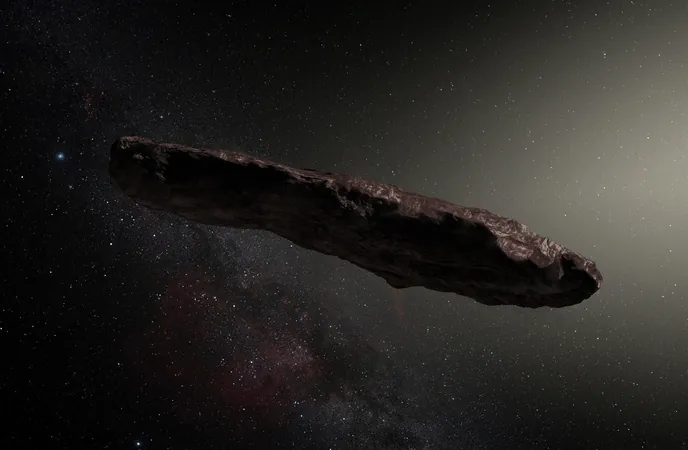
Unraveling the Pathways of Interstellar Wanderers: Where Are 'Oumuamua, Borisov, and ATLAS Headed?
2025-08-19
Author: Benjamin
The Interstellar Phenomenon: A Decade of Discovery
In the last ten years, the cosmos has unveiled three extraordinary interstellar objects (ISOs) that have boldly traversed our solar system. From the mysterious 'Oumuamua in 2017 to the comet-like 2I/Borisov in 2019 and the recently observed 3I/ATLAS in July 2025, each encounter leaves astronomers in awe. Recent findings indicate that 3I/ATLAS is shedding water vapor as it draws closer to the Sun, further igniting interest in its quest.
The Cosmic Mystery of ISOs
The advent of these ISOs has not only validated long-held theories but also sparked a surge of curiosity regarding their origins, trajectories, and destinations. These celestial visitors, remnants of ancient planetary systems, provide scientists with a unique window into the conditions that exist beyond our solar backyard, all without needing to launch costly interstellar missions.
New Insights from Groundbreaking Research
Fresh research from Shokhruz Kakharov and Prof. Abraham Loeb has delved deep into the trajectories of these interstellar travelers, revealing diverse origins throughout the Milky Way. The study, currently under review for publication in Astronomy & Astrophysics, uncovers that these ISOs range in age from one billion to several billion years, reshaping our understanding of galactic history.
The Implications of Discovery
Kakharov, a graduate student from Harvard's Astronomy Department, emphasizes that the unexpected arrival of 'Oumuamua initiated a revolutionary phase in astrophysics, confirming the existence of ISOs and propelling efforts to study them. He stated that these objects provide vital samples of materials from distant star systems, allowing us to glean insights into their chemical composition and physical properties that are often elusive in remote observations.
A Peek into Galactic Dynamics
Moreover, Kakharov indicates these ISOs serve as important probes of the interstellar medium, unveiling gravitational interactions that have shaped star formations over billions of years. Understanding the origins of ISOs could help decode the complexities of galaxy evolution and planetary system structures.
Future Endeavors: Exploring Our Celestial Neighbors
While current technologies limit us to theoretical models, advancements like gram-scale wafercraft and lightsails present potential pathways to explore neighboring stellar systems, such as Proxima Centauri, within a human lifetime. Nevertheless, these missions are costly and won't yield immediate answers.
The Unique Paths of ISOs
Significantly, 'Oumuamua, 2I/Borisov, and 3I/ATLAS remind us of the regularity of ISOs passing through our solar system, each presenting a unique opportunity for research. The origins of these interstellar objects reveal a complex tapestry of stellar evolution, with Kakharov noting that each ISO offers clues about the conditions leading to their ejection into interstellar space.
A Statistical Approach to Understanding ISOs
Utilizing Monte Carlo simulations with the GalPot galactic potential model, Kakharov and Loeb meticulously traced the trajectories of these objects back in time. Their analysis unveiled that 3I/ATLAS is the oldest, hailing from the Milky Way’s thick disk, while 'Oumuamua is relatively young, born in the thin disk. Borisov finds itself between the two, emphasizing the diverse origins of ISOs.
The Future of ISO Research
These findings herald an exciting era of exploration, thanks to emerging observatories like the Vera C. Rubin Observatory. With capabilities to discover dozens of ISOs annually, alongside missions like the European Space Agency’s Comet Interceptor poised to analyze ISOs up close, the future of interstellar research looks promising. Kakharov anticipates that these advancements will enable in-depth statistical studies of ISO populations, broadening our understanding of their distribution and diversity across various stellar environments.


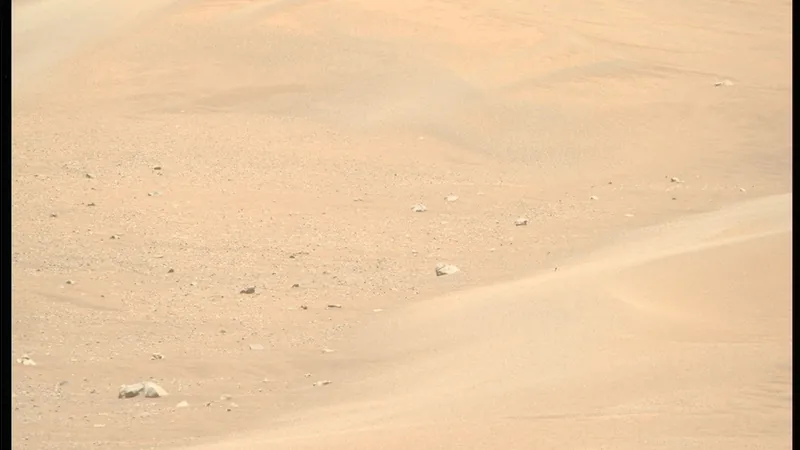
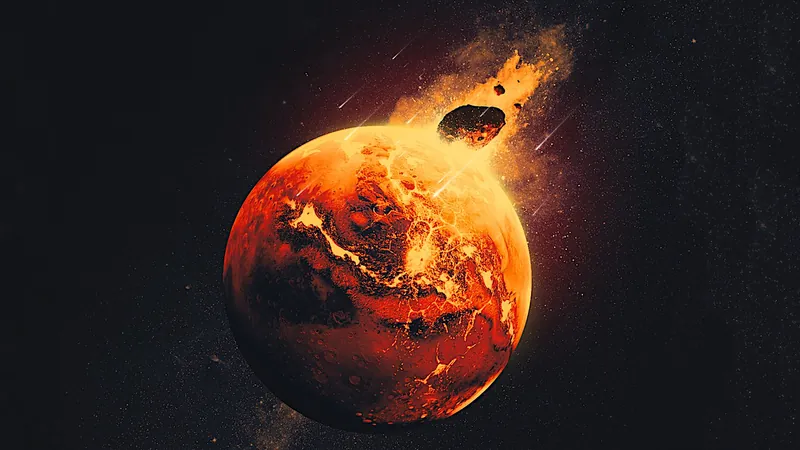



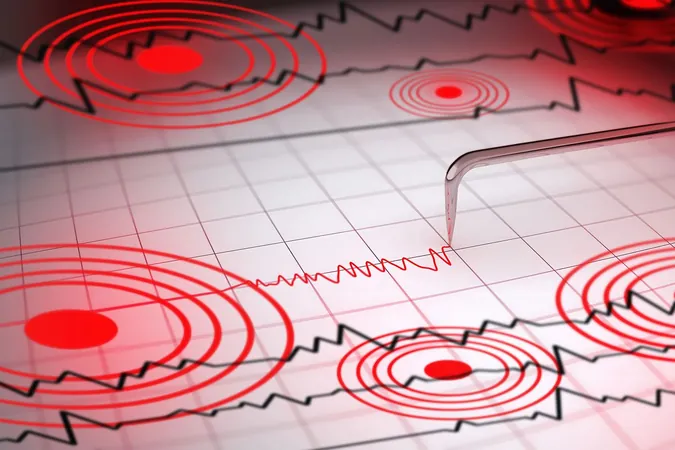
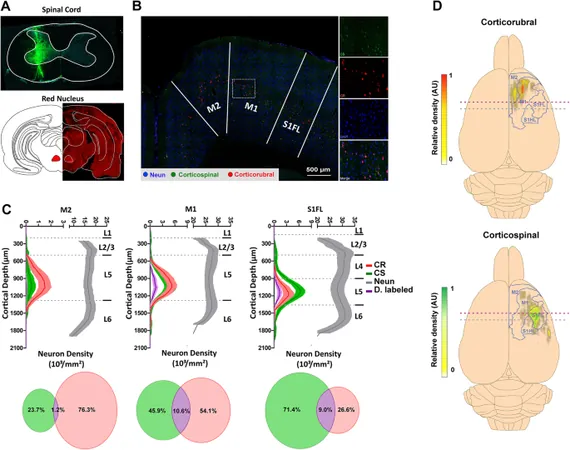
 Brasil (PT)
Brasil (PT)
 Canada (EN)
Canada (EN)
 Chile (ES)
Chile (ES)
 Česko (CS)
Česko (CS)
 대한민국 (KO)
대한민국 (KO)
 España (ES)
España (ES)
 France (FR)
France (FR)
 Hong Kong (EN)
Hong Kong (EN)
 Italia (IT)
Italia (IT)
 日本 (JA)
日本 (JA)
 Magyarország (HU)
Magyarország (HU)
 Norge (NO)
Norge (NO)
 Polska (PL)
Polska (PL)
 Schweiz (DE)
Schweiz (DE)
 Singapore (EN)
Singapore (EN)
 Sverige (SV)
Sverige (SV)
 Suomi (FI)
Suomi (FI)
 Türkiye (TR)
Türkiye (TR)
 الإمارات العربية المتحدة (AR)
الإمارات العربية المتحدة (AR)